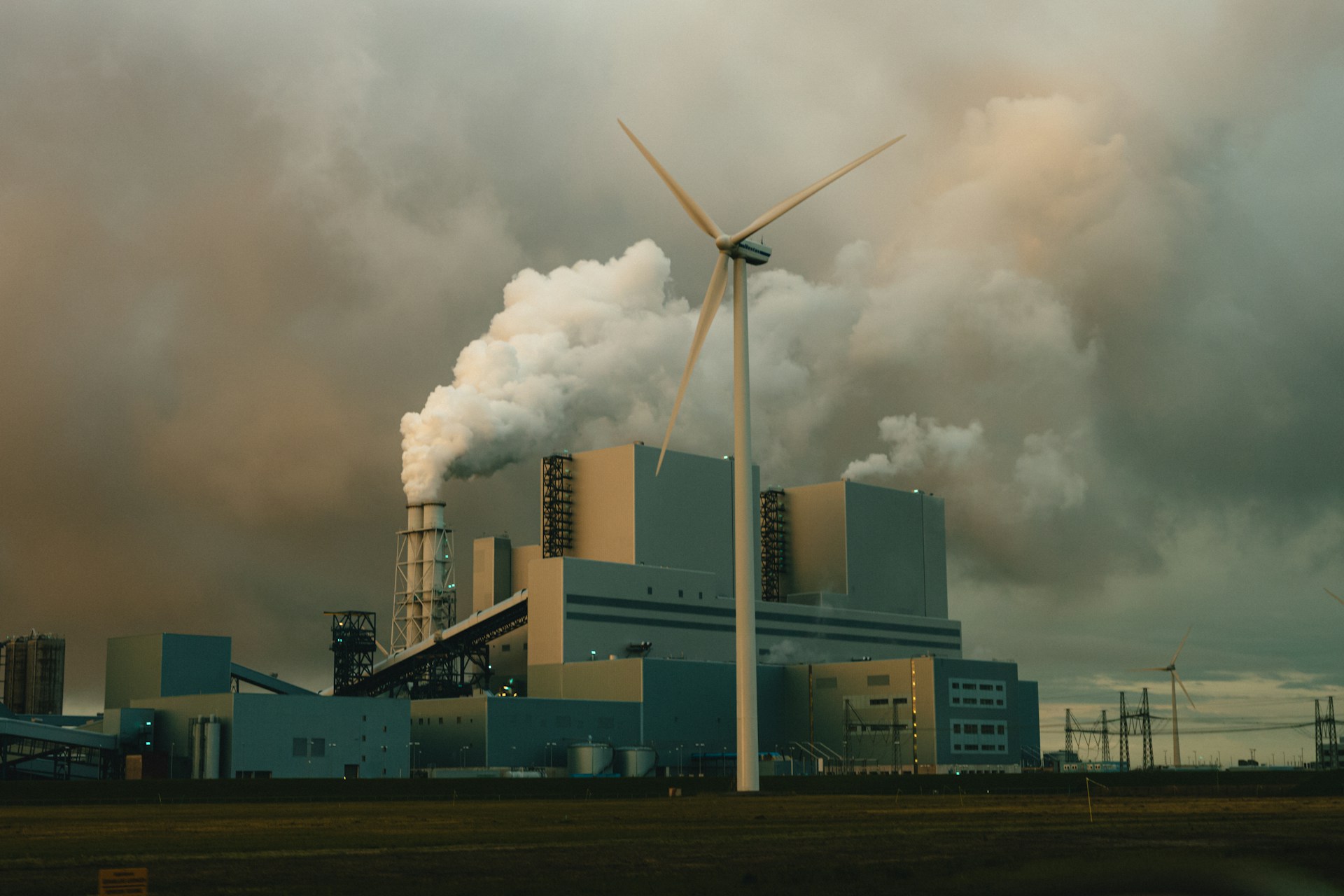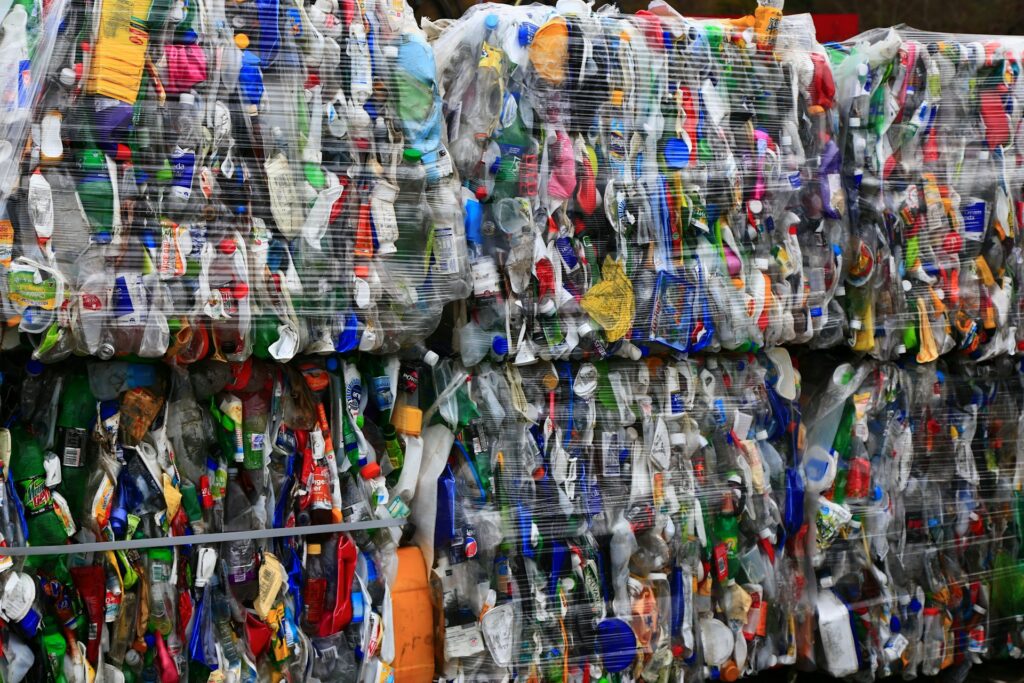Jingjie Wu, assistant professor of chemical engineering at the University of Cincinnati, and his doctoral student Tianyu Zhang are leading research on converting carbon dioxide into methane and other useful fuels using graphene-based catalysts. Their work, in collaboration with Rice University, Shanghai University, and East China University of Science and Technology, explores scalable methods to reduce greenhouse gases while producing storable energy.
Zhang, T., Li, W., Huang, K., Guo, H., Li, Z., Fang, Y., Yadav, R. M., Shanov, V., Ajayan, P. M., Wang, L., Lian, C., & Wu, J. (2021). Regulation of functional groups on graphene quantum dots directs selective CO2 to CH4 conversion. Nature Communications, 12(1), 5265. https://doi.org/10.1038/s41467-021-25640-1
The team’s approach uses a chemical process known as the Sabatier reaction, in which carbon dioxide reacts with hydrogen over a catalyst to produce methane. This reaction is already used on the International Space Station to scrub CO2 from the air and generate fuel. Wu’s research adapts the process for broader applications, from addressing climate change on Earth to potentially producing fuel on Mars.
Jingjie Wu, assistant professor of chemical engineering at the University of Cincinnati,
“The idea is like a gas station on Mars. You could pump carbon dioxide through this reactor and produce methane for a return trip or for energy storage. With many countries setting ambitious carbon neutrality goals, we need to recycle CO2 effectively. This process not only reduces emissions but also converts excess renewable energy into chemical fuels that can be stored and transported.”
Graphene quantum dots, nanometer-scale layers of carbon, serve as the catalyst in the experimental reactor. These dots increase the efficiency of methane production and allow for tuning the reaction to maximize output.
Wu began exploring carbon dioxide conversion after working on fuel cells for electric vehicles. Over the past decade, his research has shifted to focus on CO2 utilization as a way to address global greenhouse gas emissions.
The Biden Administration’s targets for a 50% reduction in greenhouse gas emissions by 2030 and a fully renewable energy economy by 2050 highlight the urgency of such technologies. Wu and Zhang’s reactor demonstrates how chemical engineering solutions can contribute to these objectives.
In addition to methane, the team is experimenting with catalysts to produce ethylene, a widely used chemical in plastics, rubber, and synthetic textiles. By selectively regulating functional groups on graphene quantum dots, the researchers can direct the reaction to favor specific products.
“Green energy has to be stored efficiently,” Zhang said. “By converting excess renewable electricity into chemicals, we can manage energy supply and create commercially valuable products simultaneously.”
The reactor design can be implemented in industrial settings where CO2 emissions are concentrated, such as power plants. Localized conversion reduces transportation costs for carbon capture and allows for direct production of fuel or chemical feedstocks at the source.
Wu emphasizes that advances in catalyst design have increased production efficiency by two orders of magnitude compared to a decade ago. This progress opens the door for commercial adoption and may support long-term goals in space exploration, such as producing fuel on Mars for return missions.
“The technology isn’t just for Earth,” Wu said. “We can produce methanol and downstream fuels that could support human missions to Mars, or eventually even sustainable settlements there.”
The research demonstrates a dual benefit: mitigating greenhouse gas emissions on Earth while providing a pathway for fuel synthesis in space applications.

Adrian graduated with a Masters Degree (1st Class Honours) in Chemical Engineering from Chester University along with Harris. His master’s research aimed to develop a standardadised clean water oxygenation transfer procedure to test bubble diffusers that are currently used in the wastewater industry commercial market. He has also undergone placments in both US and China primarely focused within the R&D department and is an associate member of the Institute of Chemical Engineers (IChemE).



